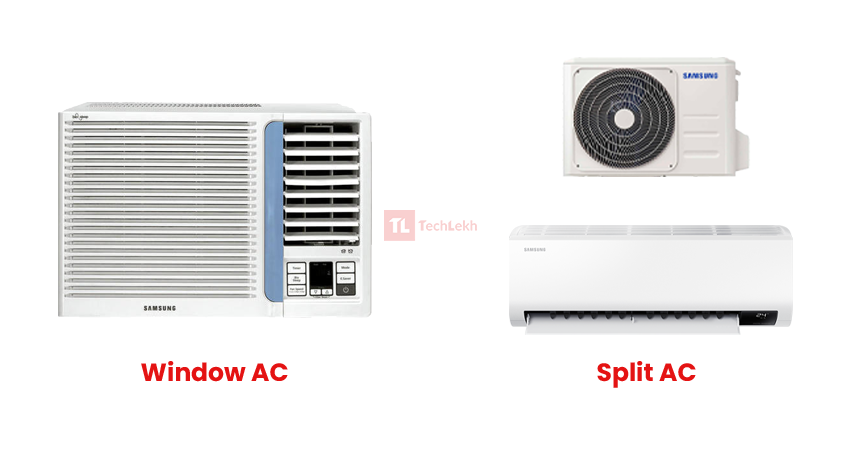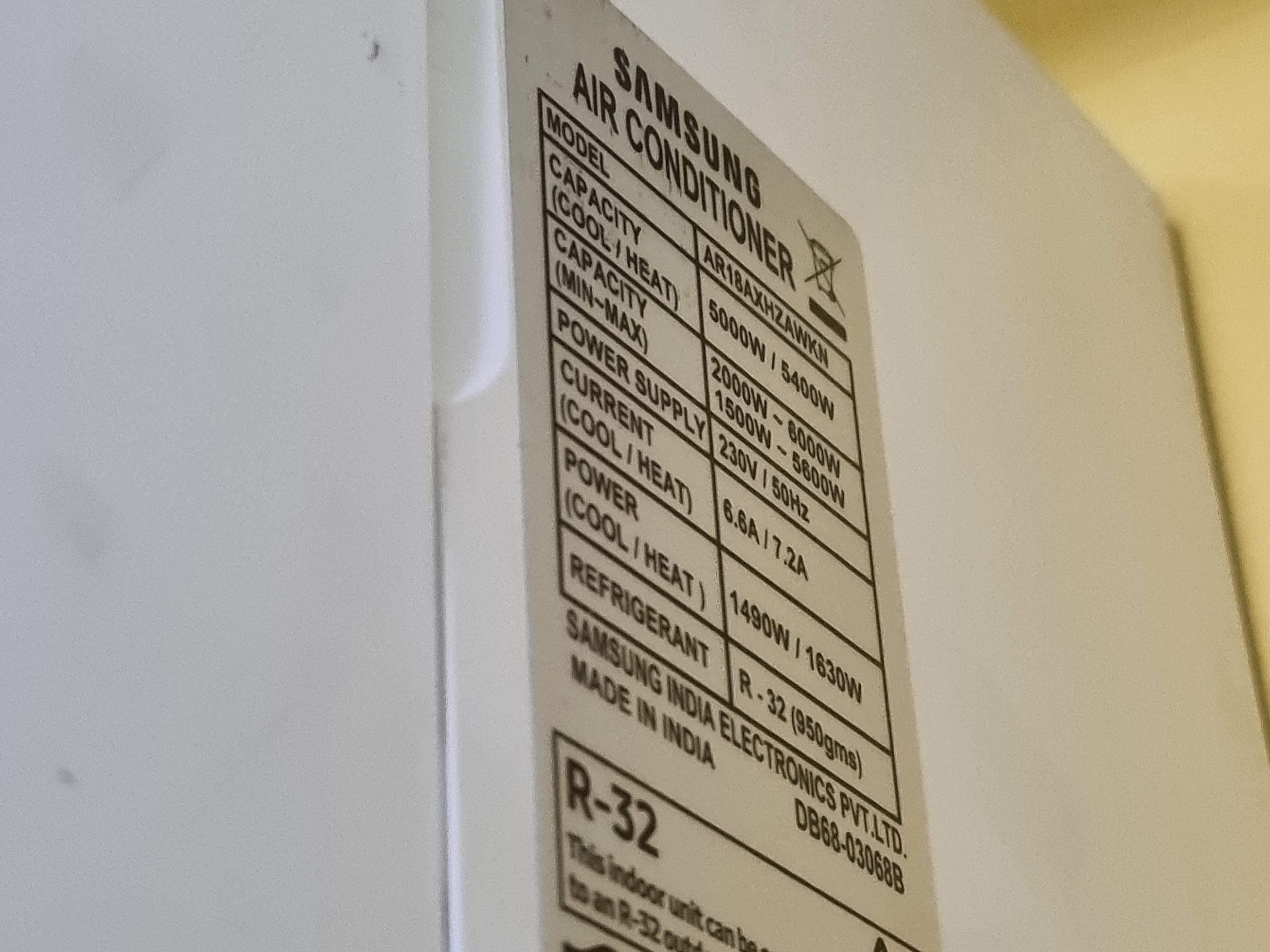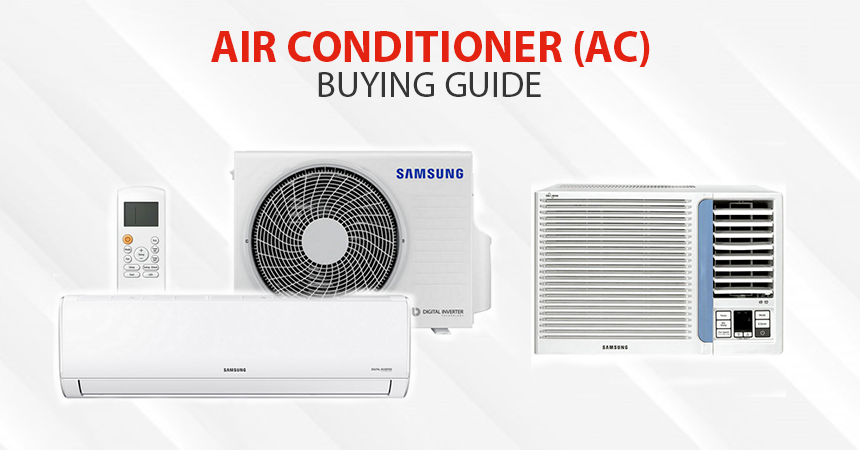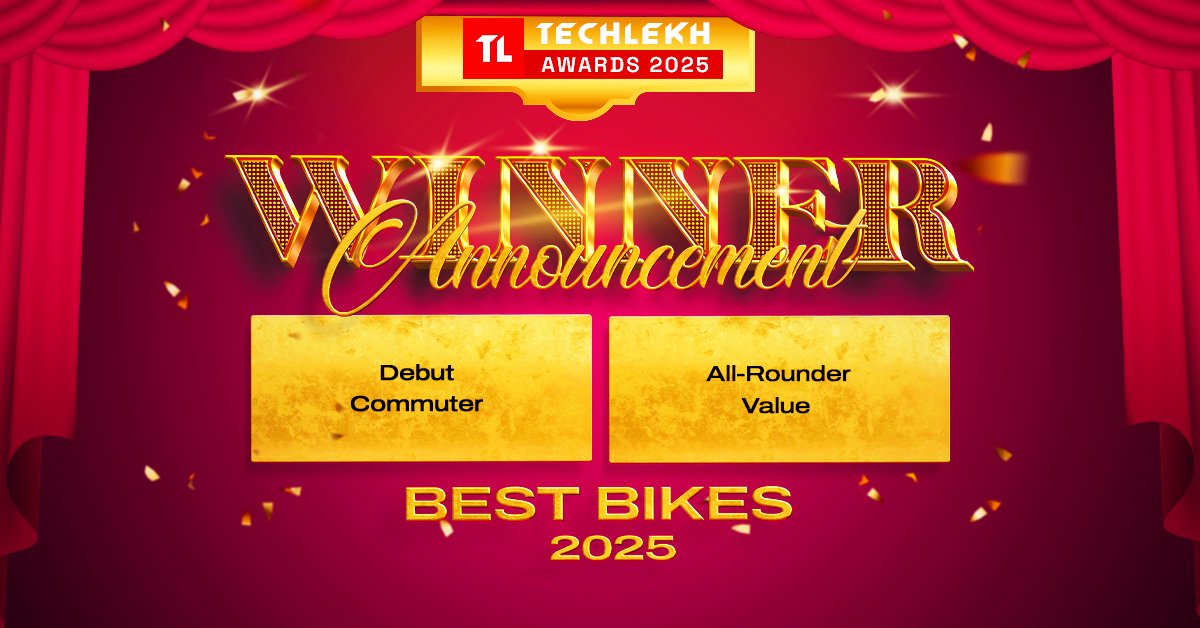Buying an AC can be very stressful, especially if it’s your first time. Because this isn’t something you buy on a regular basis, making the best purchase decision is difficult.
There are various types of ACs on the market, each with its own set of functions, capabilities, and designs. It’s simple to recognize that you need an AC, but it’s hard to decide which one.
When trying to figure out which air conditioner is right for you, you’ll come across a lot of technical terms, like “ton”, “BTU”, “inverter AC”, “energy efficiency”, and so on. It’s easy to become perplexed if you don’t understand what all of these mean.
To help you deal with such problems, we have come up with this AC buying guide where we explain all of the jargon associated with ACs so that you know precisely what you’re getting when you go to buy one.
Buying an AC in Nepal: Things to Consider
Window AC or Split AC
In Nepal, Split AC is the only type of AC that many people think of when talking about ACs. Window AC is not that popular here in the country.

However, it is useful to understand what these two ACs mean in case you ever find yourself in a situation where you must pick between the two.
| Window AC | Split AC |
|---|---|
| Has one unit | Has two units: indoor and outdoor |
| Requires a window | A window is not required |
| Cooling capacity is lower compared to split AC | Cooling capacity is high |
| Cheaper than split AC | Costlier |
| Easy to install | Difficult to install |
| Less efficient than split ac | More efficient |
| Occupies more space than split ac | Occupies less space |
| Noisier than split ac | Less noisy |
It’s not hard to tell the differences between the two. The window AC has just one unit and requires a window. And since all the components are in a single unit, it occupies more space than the split AC. But it’s cheaper compared to the split AC and is also easier to install.
The split AC, on the other hand, has two units: an indoor unit and an outdoor unit. This looks nicer, but the installation process is difficult compared to the window AC. It’s also costlier than the window AC, however, it is more efficient, produces less noise, and comes with a higher capacity.
Inverter AC or Non-Inverter AC
Inverter AC and non-inverter AC refer to the type of compressor the AC has. The inverter AC is a modern AC compressor that can adjust its motor speed according to the required temperature, resulting in a more consistent temperature across the room and a lower electricity bill.
In contrast, the non-inverter AC has a fixed maximum motor speed that cannot be adjusted. Therefore, it consumes more power.
| Inverter AC | Non-Inverter AC |
|---|---|
| Can adjust its motor speed according to the required temperature | Fixed motor speed |
| Consumes less power | Consumes more power |
| Costlier than non-inverter AC | Cheaper than inverter AC |
| Quieter | Makes a sound when abruptly stopping or starting the motor |
| Uniform temperature | Temperature not as uniform as an inverter AC |
So, the question of which is better between the two has been answered. However, the question of which one to buy depends on you because, while the inverter AC is better, it comes at a cost.
Inverter air conditioners are more expensive than non-inverter air conditioners. Although inverter air conditioners have the potential to save money in the long run, non-inverter air conditioners may appeal to those on a tight budget.
ALSO READ: We Tested Samsung 2021 5-in-1 Convertible Hot & Cold AC in Detail
Capacity
“What ton of AC do you need?” or “What size of AC do you need?” are probably the first questions one may ask if you say you are thinking of buying an AC. If you are unfamiliar with these terms, it is likely that you will be completely puzzled.
Anyone who hears the terms “AC ton or AC tonnage” for the first time may presume it’s referring to the weight of the AC or the weight of the air the AC can handle. But in actuality, it has nothing to do with weight.
What is a ton and a BTU?
The term “ton”, short for “tonnage”, refers to the cooling capacity of the air conditioner in the HVAC (Heating, Ventilation, and Air Conditioning) industry. It means how much heat the AC can remove from a room.
You may now wonder how much heat a 1-ton AC removes. Ideally, a 1-ton AC removes 12,000 BTUs of heat per hour.
You may ask, “What the heck is BTU now?” Well, the BTU stands for British Thermal Unit, and it is a unit of heat. It is used to measure the amount of heat removed from a room.
By its actual definition, a BTU is the amount of heat required to raise the temperature of one pound of water by one degree Fahrenheit.
If this still confuses you, know that the ton and BTU are just units of heat, the same as the mile and kilometre are units of length.
Just as 1 mile = approx. 1.6 km, 1 ton = 12,000 BTU/h
What capacity of AC should I buy?
Okay, now to the main question: what capacity of AC should you buy? It depends on a lot of factors, and it can get very technical, but as a rule of thumb for home usage, we will only consider the room’s size.
| Room size | BTU | Tonnage |
|---|---|---|
| 100-120 sq. ft. | 9600 BTU | 0.8 ton |
| 120-180 sq. ft. | 12000 BTU | 1 ton |
| 180-250 sq. ft. | 18000 BTU | 1.5 ton |
| 250-400 sq. ft. | 24000 BTU | 2 ton |
The above table shows a rough estimation of the amount of AC capacity you may need depending on the size of the room.
To accurately measure the capacity of the AC, we need to take into consideration the room insulation, exposure to direct sunlight, storey, the number of people and other electrical equipment in the room, the number of windows and doors, and a few other factors.
Therefore, it’s best to consult an expert.
Power Consumption / Energy Efficiency
Buying an AC is a one-time purchase, but the electricity cost is not. So, when considering purchasing an air conditioner, the most common question among the majority is “How much power does an AC consume?”
Naturally, when the tonnage of the AC increases, so does the energy requirement. However, the power consumption of the AC can differ even with the same capacity. Therefore, when buying an AC, it’s better to get one that consumes less power than other ACs of the same capacity.
This can be confirmed by looking at the energy efficiency of the AC. Energy efficiency measures how much of the total energy is actually used for useful work. In simple terms, the higher the energy efficiency, the less energy the AC takes to heat or cool the same room.
What energy efficiency is good?
So, now the question arises: how to know what energy efficiency is good? In other countries, say India, it is easier to compare the energy efficiencies of the ACs as they are rated in stars. The problem for people in Nepal is that—since we do not have any organization in Nepal to standardize the star ratings—those star ratings may not be accurate here.
Therefore, we need to rely on EER (energy efficiency ratio) and COP (coefficient of performance). Both EER and COP are used to measure the efficiency of the AC. The EER is used to measure cooling efficiency while the COP is used to measure heating efficiency.
What are EER and COP?
EER is the ratio of the AC’s output cooling energy to its input electrical energy. Likewise, COP is the ratio of the AC’s heating output to its input power.
Formula:
Input Electrical energy (Wh) = cooling output energy (BTU) / EER (BTU/Wh)
Power Input (W) = Heating capacity (W) / COP
The input electrical energy (or power input) is inversely proportional to the EER (or COP), meaning that the higher the EER (or COP), the lower the power consumption of the AC.
These ratios can be found in the specifications of the AC. Note that the COP only applies if the AC has a heating feature.
The higher the EER or COP, the more energy-efficient the AC is.
The definitions of EER and COP are very simple. However, if you do not pay close attention to the units, it can get very confusing.
The COP is unitless, or you can write W/W because both the heating capacity and input power have units in watts. On the other hand, the actual unit of EER is BTU/Wh, but on some ACs, EER is rated in W/W, the same as COP.
If this is the case, you should know that instead of energy, power is taken into consideration. That is, both the BTU and Wh (watt-hour) are converted to W (watt) while the time is ignored.
1 Wh = 3.41214 BTU (Energy)
1 W = 3.41214 BTU/h (Power)
Example
For example, the AC we recently tested, the 1.5-ton Samsung 2021 Hot & Cold Inverter AC, has an EER of 3.36 (W/W) and a COP of 3.31 (W/W). But what does this mean? Let me explain.
The 1.5-ton Samsung 2021 AC’s cooling capacity is rated at 5000 W (17060 BTU/h) and the heating capacity is rated at 5400 W (18425 BTU/h).
Note: I should mention that the capacity measured in watts above is the unit of heat and not the actual power it consumes. Just as a ton can be converted to a BTU/h, it can also be converted to a watt, since these are all units of power.
1 ton = 12000 BTU/h = 3516.85 W
Given that the EER is 3.36, if the AC cools the room at its full capacity, i.e., at a capacity of 5000 W, the power input would be:
Power input = Cooling capacity / EER
or, Power input = 5000/3.36
∴ Power input = 1488 W = 1.4 kW
Similarly, given that the COP is 3.31 and the heating capacity is 5400 W, it would require 1631 W, or 1.6 kW, of power.

Interestingly, the rated power input of the AC (found on the nameplate on the side of the AC) and our calculated power consumption are the same. It should be evident that the AC’s energy efficiency is related to the amount of electricity it consumes, and higher energy efficiency translates to lower power consumption.
But keep in mind that the rated power input is the maximum power consumption to properly plan the wiring and circuit breakers. Practically, the AC never runs at 100% all the time, so the power demand is not this high all the time.
In our usage, the 1.5-ton Samsung 2021 AC consumed 1.1 kWh (unit) of energy in a 5-hour period when the temperature was set to 22°C in a room size of 2253 cu. ft. and an ambient temperature of 19°C.
If the per kWh tariff is Rs. 9.50, the 1.1 kWh of energy consumption would cost Rs. 10.45 (energy cost X consumed kWh).
Having said that, the energy consumption varies depending on the difference between the set temperature and ambient temperature, the duration of use, the size of the room, the number of people in the room, and others.
SEER
The actual power consumption depends on many other factors. One such factor is the difference between indoor and outdoor temperatures.
The EER (and COP) are the ratios evaluated at a given single operating condition. Therefore, these are also not accurate because the temperature and humidity are never constant.
Therefore, the concept of SEER, which stands for seasonal energy efficiency ratio, was introduced. It is calculated over a range of outside temperatures, making the ratio more accurate during all seasons.
However, just as temperatures vary by country, so does the SEER. The American, European, and Indian definitions of SEER are all different. Therefore, it may be less accurate in Nepal.
Additional Features
The above things are the basic things that matter the most. Besides those, you should also consider a few other things when buying an AC. Those include:
- Noise level: It’s better to get an AC that has a low noise level.
- After-sales service: Because ACs do need servicing frequently, go with a brand that has a good history of after-sales service.
- Warranty: Make sure you get a good warranty period, so if something goes wrong, the company will take care of it.
- Hot & Cold AC: When talking about AC, everyone thinks of it for cooling only. However, there are ACs that can both heat and cool the room, which can be beneficial in both the summer and winter seasons.
- Coils: Copper coils are superior to aluminium coils in terms of heat transmission, durability, and ease of cleaning and maintenance. However, the copper coils are costlier than aluminium coils.
- Corrosion protection: Because coils can corrode, look for an anti-corrosion coating on the coils and auto-clean features for the longevity of the AC.
- Smart Features: Since everything is going smart, ACs also come with Wi-Fi support. It’s nice to have the option to control the AC remotely using mobile applications.
- 4-way swing: Having a 4-way swing helps direct the air to the desired area.
- Refrigerant: Refrigerant is a working fluid used in AC for the refrigeration cycle. The R32 refrigerant is considered a better refrigerant because it is harmless to the ozone layer, and also has a lower global warming potential (GWP) than older R22 and R410A refrigerants.
- Dehumidifier: Some ACs come with a dehumidifier feature as well. This feature can remove excess humidity from the room.
- Dust filter: ACs with dust filters can help clean the room’s air.
Checking AC price before going to the market?
There are several brands of air conditioners available in Nepal. The pricing and models of the air conditioners can be found on the brand’s websites. Or, you can contact them through social media channels.
Brands such as CG Digital — which oversees international brands like LG, Beko, TCL, and Beco — and Samsung regularly update their products and pricing on their official websites, making it easy to compare prices and models. Other brands, such as Midea, Konka, and Palsonic, have an online presence on Daraz, where you can get the price and model information for their air conditioners.
-
TechLekh Awards: Best Bikes of 2025 in Nepal Winners!Motorcycling in Nepal has always meant more than just getting from one place to another.…
-
TechLekh Awards: Best Cars of 2025 in Nepal Winners!Electric vehicles continue to dominate Nepal’s market in 2025, and Chinese manufacturers still lead the…
-
New Price Alert: iPhone 15 Sees a Rs. 5,000 Cut in NepalHIGHLIGHTS Apple iPhone 15 price in Nepal starts from Rs. 1,09,899 (128GB). It is powered…
-
Price Hike Alert: iPhone 14 Just Became More Expensive in NepalHIGHLIGHTS Apple iPhone 14 price in Nepal is Rs. 90,799 (128GB). The 14 is the…
-
iPhone 13: The Cheapest iPhone in Nepal Just Got Expensive!HIGHLIGHTS The Apple iPhone 13 price in Nepal is Rs. 80,399 (128GB). Apple iPhone 13…

















